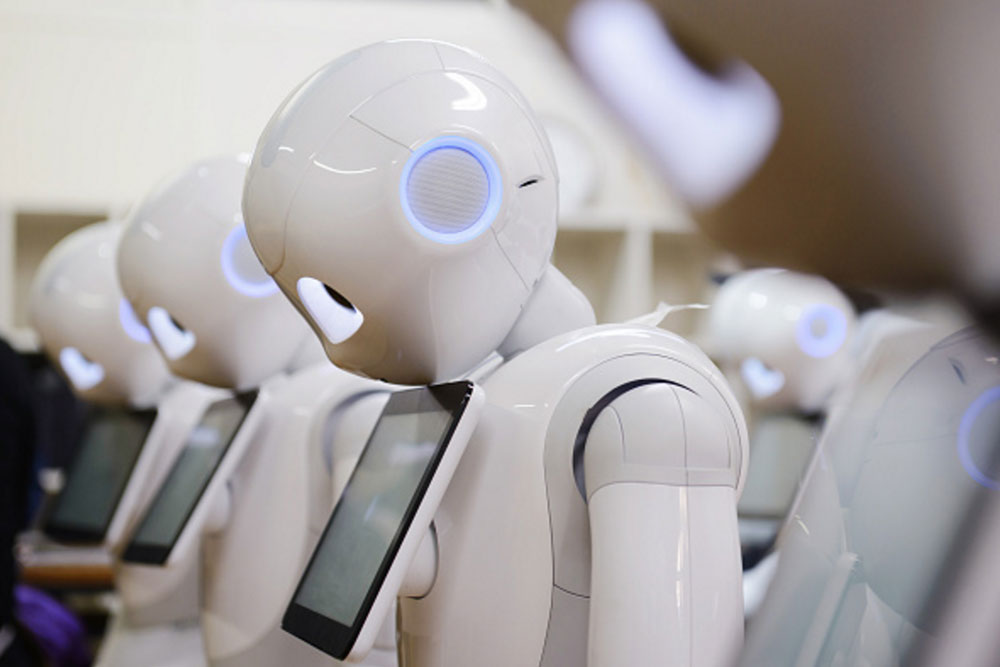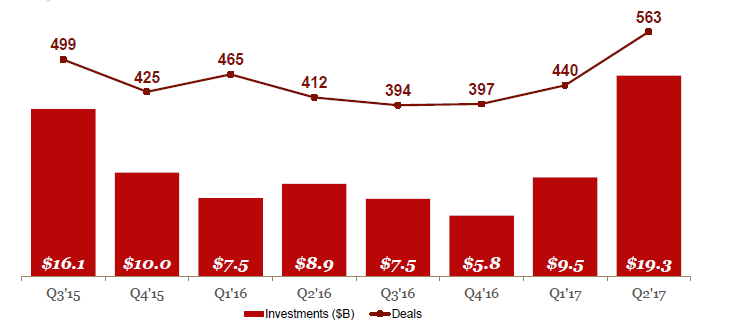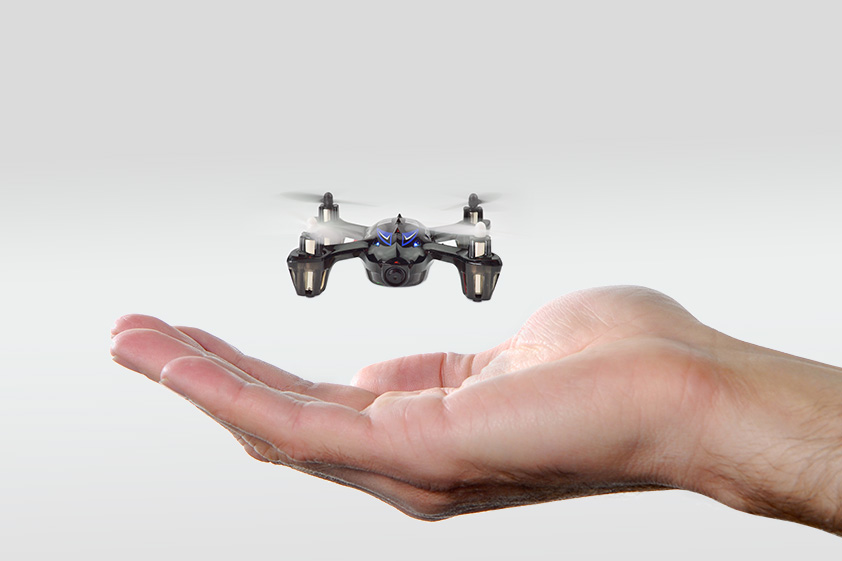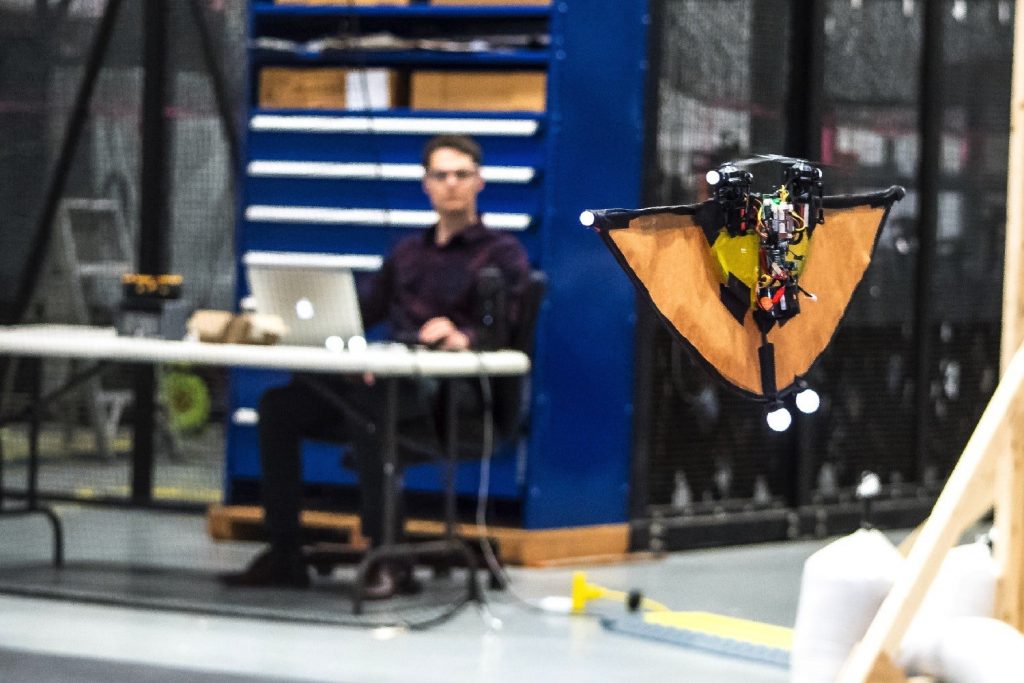
The South Korean Navy conducted shipboard flight tests for the TR-60 tilt-rotor UAV. Source: KARI
July 10, 2017 – July 16, 2017
If you would like to receive the Weekly Roundup in your inbox, please subscribe at the bottom of the page.
News
A U.S. drone strike in Afghanistan killed Abu Sayed, the leader of the local ISIS cell. In a statement, a Pentagon spokesperson said that the strike targeted the ISIS headquarters in Kunar Province. Abu Sayed’s predecessor, Abdul Hasib, was killed in a special forces raid in April. (New York Times)
A Turkish drone strike in Anatolia reportedly killed five suspected members of the Kurdistan Workers’ Party. It was the first strike carried out with the Anka-S, a new Turkish surveillance and strike drone. (IHS Jane’s Defense Weekly)
Portugal will implement a new law regulating drone operations after a recent spike in reports of close encounters between drones and manned aircraft. Drone users will be required to register and purchase insurance. Speaking with members of a parliamentary committee, Infrastructure Minister Pedro Marques said that he hopes the law will be in place by the end of the month. (Associated Press)
Commentary, Analysis, and Art
At The Digital Circuit, Scott Simmie looks at how hackers are selling kits to disable the geofencing in drones made by DJI.
At the Hill, Paul Scharre argues that the U.S. should start treating drone exports the same way it treats exports of manned aircraft.
At Popular Mechanics, David Hambling looks at the technology underpinning a U.S. drone designed for research missions in the Arctic.
At War on the Rocks, Ben Brewster argues that the U.S. Marine Corps needs a long-endurance surveillance and strike drone like the Reaper or Gray Eagle.
In a speech in Washington, Gen. Mike Holmes argued that the U.S. Air Force needs greater authority to protect its facilities and aircraft against drones. (FlightGlobal)
London’s Gatwick Airport released a video showing how a drone can interrupt air traffic around an airport. (Motherboard)
At Truthout, Alex Edney-Browne looks at how on-the-ground research can shed more light on the effects of U.S. drone strikes.
At Vertical Magazine, Oliver Johnson looks at how a Canadian company is using drones to help fight wildfires.
At CBC, Dean Beeby writes that Transport Canada’s Arctic drone program was delayed because of international arms control regulations.
At Popular Science, Kelsey D. Atherton looks at how Amazon’s drone hub concepts pose big challenges for urban planners.
A drone video captured the extent of the destruction of Mosul, Iraq. (Associated Press)
Know Your Drone
A team of universities, research institutes, and broadcasters is looking to develop swarms of three to five video drones that can be used to film large sporting events. (Horizon)
Serbia’s Military Technical Institute has unveiled a prototype unmanned ground vehicle that is armed with a machine gun and a grenade launcher. (IHS Jane’s 360)
The Korea Aerospace Research Institute conducted flight trials of its TR-60 tiltrotor drone from a moving ship. (IHS Jane’s 360)
NASA has developed onboard software for drones called Safeguard that forces them to land if they come too close to a no-fly zone. (Wired)
Walmart has announced that it will conduct tests for its delivery drone program at an airport in Upstate New York. (New York Upstate)
Drone maker AirDog unveiled the ADII, a multirotor consumer drone optimized to record sports events and other outdoor activities. (The Drive)
In a test, a team at Johns Hopkins University successfully transported a medical sample under temperature control over 160 miles by drone. (SUAS News)
A consortium of three European countries is looking to develop an unmanned ship for use in the oil and gas sector. (Construction.Ru)
Israeli company Flytrex is seeking to use sophisticated air traffic management software to enable drone deliveries. (The Drive)
A Florida-based company has developed a simulated IED-equipped drone for training soldiers. (C4ISRNET)
CASC conducted a flight test of the new CH-5 Rainbow drone at an airport in northeast China. (East Pendulum)
Drones at Work
Drone maker Flyability announced that its collision-resistant Elios drone has been used to inspect the interior of a nuclear reactor building. (Press Release)
The Australian Transport Safety Bureau is investigating a possible collision between a drone and a light aircraft near Adelaide. Nobody was injured in the incident. (ABC) For more on Close Encounters, click here.
Meanwhile, the U.S. Air Force is looking to obtain authority to shoot down small drones over its facilities after a recent close encounter between a F-22 Raptor jet and a drone. (Aviation Week)
Researchers in Boulder, Colorado used drones to survey damage caused to local trees by invasive green jewel beetles. (Daily Camera)
South Korea is looking to deploy a new system to detect North Korean surveillance drones that fly into its territory. (UPI)
A Drone Racing League RacerX quadcopter drone set a new record for the fastest civilian drone, hitting a top speed of 179.3 mph. (CNET)
Researchers at Northwestern University are developing small ground robots equipped with whiskers that allow them to precisely detect their surroundings. (Wired)
Police in Devon, Cornwall, and Dorset in England are launching the country’s first police unit dedicated to using drones. (AP)
Singapore’s upcoming National Day Parade will feature a light show of 300 drones. (The Straits Times)
Police in DeSoto County, Mississippi used a drone to help investigators search for debris from a recent military plane crash in the area. (Fox13)
North Dakota authorities dismissed criminal charges against a man who was accused of using a drone to stalk a group of private security workers at the Dakota Access Pipeline protests last year. (Bismarck Tribune)
The British Army will no longer use the Black Hornet, a micro drone made by Norway’s Prox Dynamics. (IHS Jane’s Defense Weekly)
Industry Intel
The U.S. Office of Naval Research awarded Embry-Riddle University a $900,000 grant to develop advanced communication systems for unmanned surface vehicles. (Press Release)
The National Science Foundation awarded Bakman Technologies a grant to develop a sensor for a drone to monitor emissions that contribute to global warming. (Drone Life)
Colorado’s El Paso County awarded Sanborn Map Company a multi-year contract to provide drones for a variety of missions, including disaster response and construction site monitoring. (Press Release)
The U.S. Coast Guard awarded Riptide Autonomous Solutions a $69,374 contract for an unmanned underwater vehicle. (FBO)
The French Navy awarded ECA Group a contract for unmanned undersea vehicles for mine detection and disposal. (Press Release)
Germany’s Bundeswehr awarded EMT a $71 million contract for three LUNA NG systems. (IHS Jane’s Defense Weekly)
Thales is reportedly marketing the Watchkeeper surveillance drone to the Indonesian Air Force. (IHS Jane’s Defense Weekly)
The U.S. Department of Defense awarded Autonomous Solutions a contract to apply machine learning and artificial intelligence to autonomous vehicles operating in challenging environments. (Press Release)
CybAero Ab, a Swedish company that makes rotary drones, signed a debt-refinancing deal with Bracknor, a Dubai-based investment firm. (DefenseNews)
For updates, news, and commentary, follow us on Twitter.


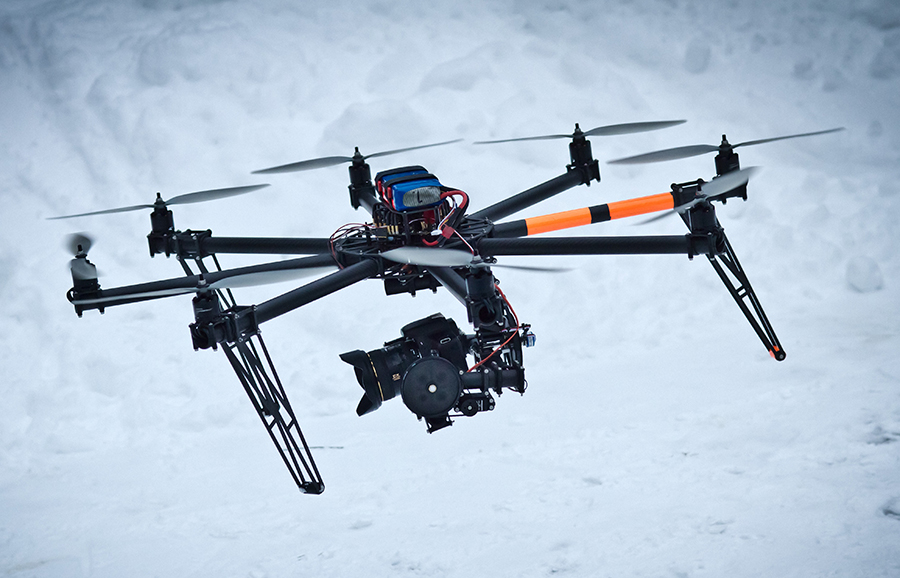

 Last August, Singapore became the first country to permit autonomous taxis on its roads. Boston-based startup
Last August, Singapore became the first country to permit autonomous taxis on its roads. Boston-based startup 



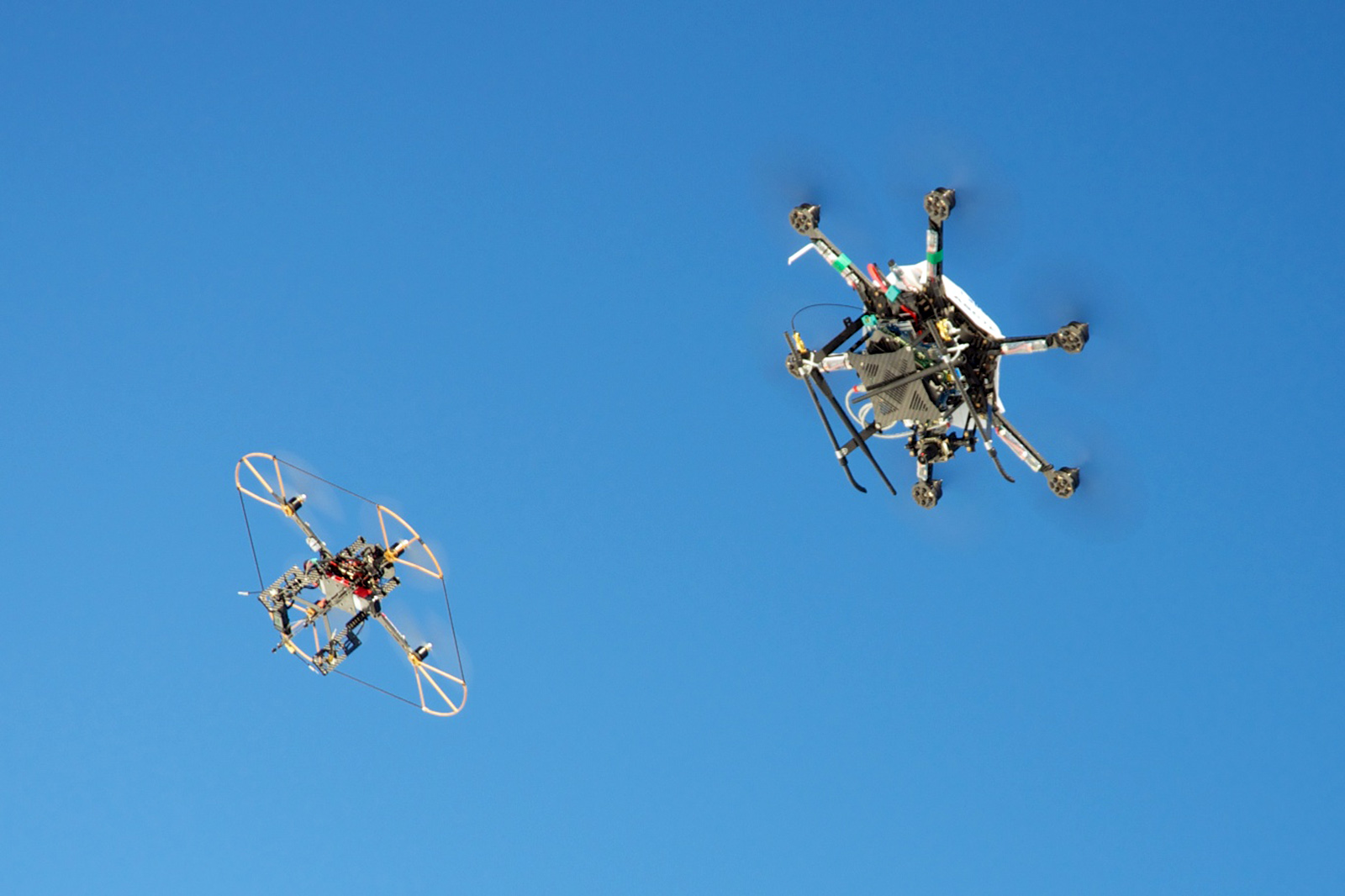
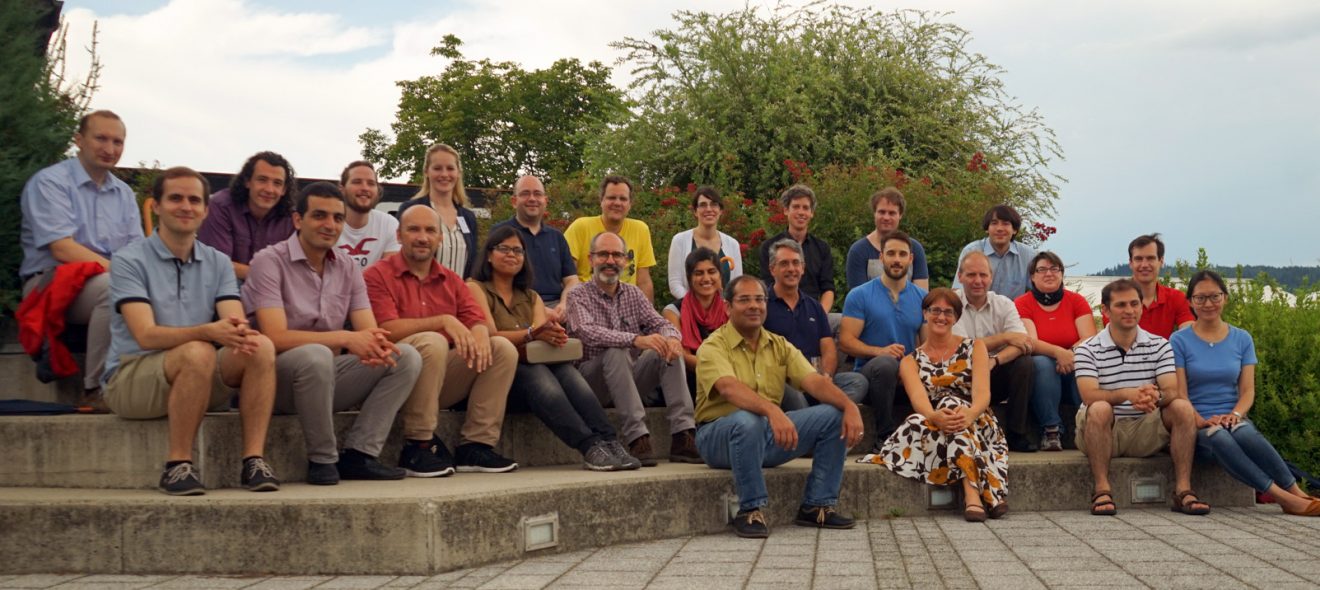

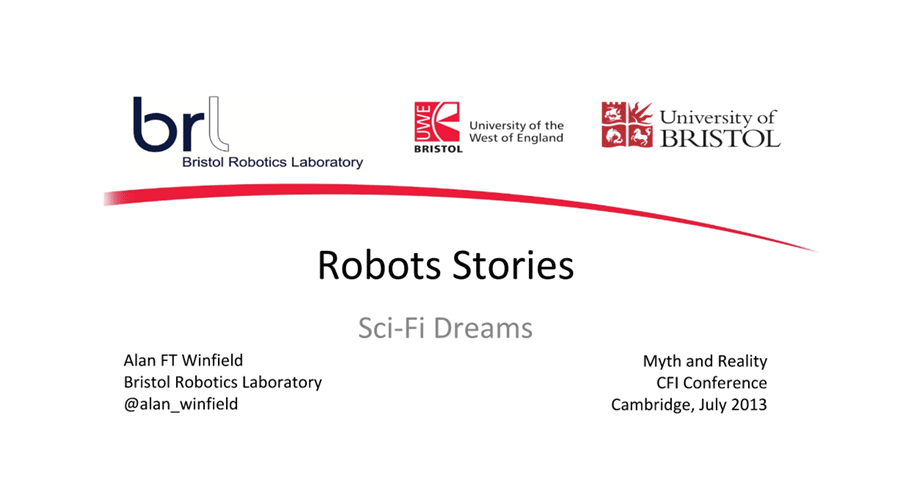
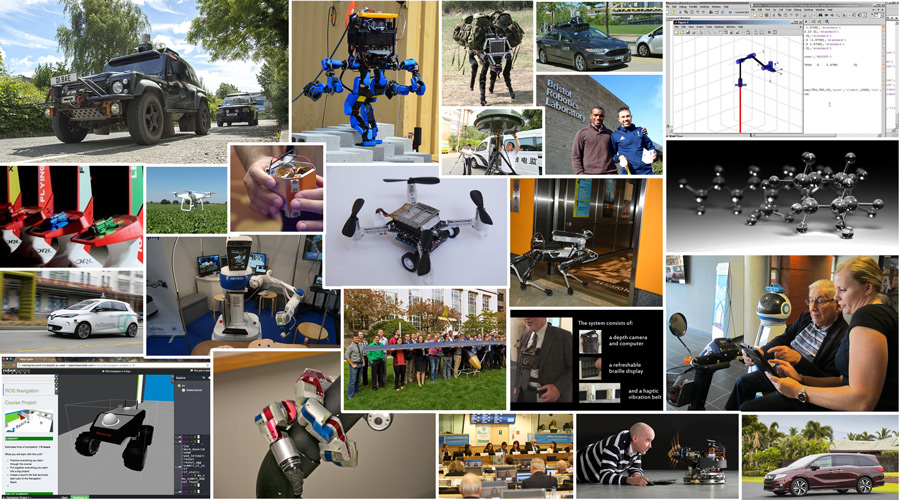
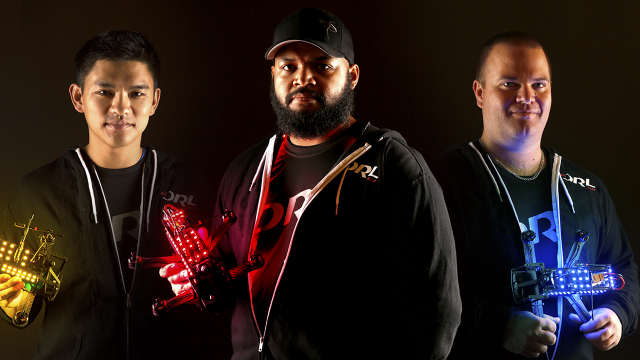
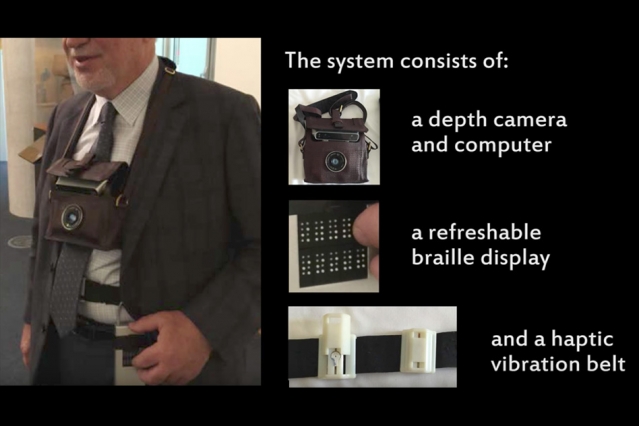
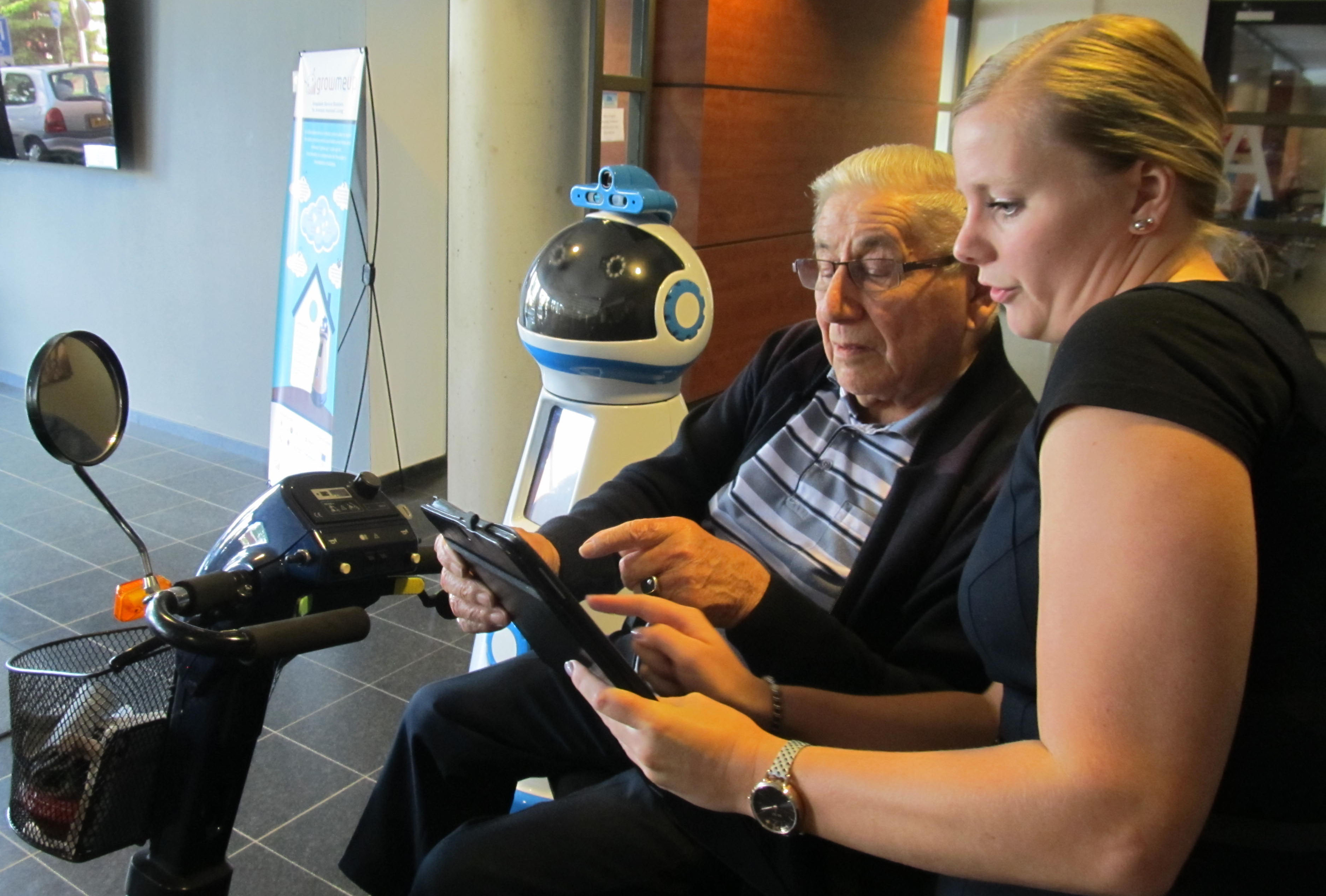
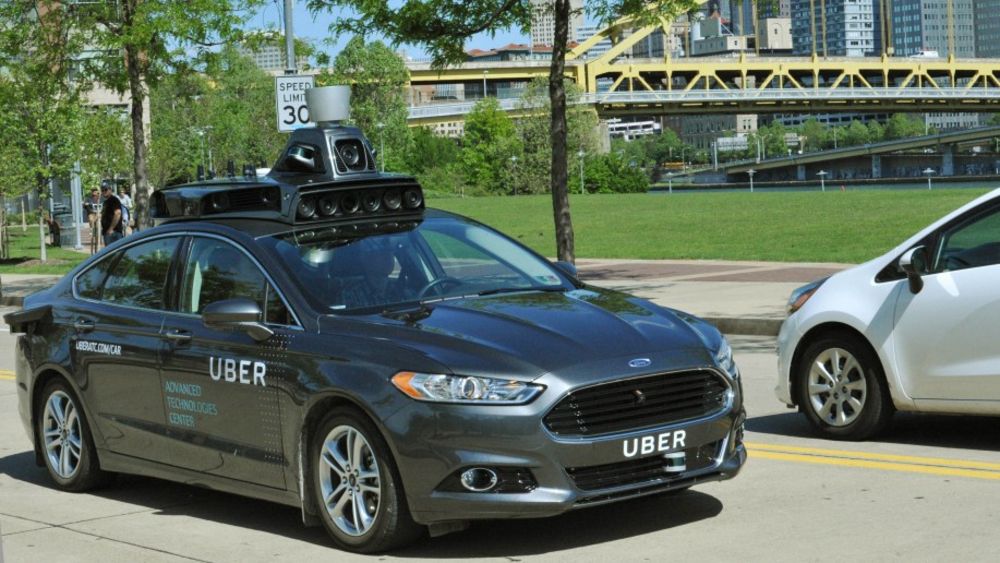
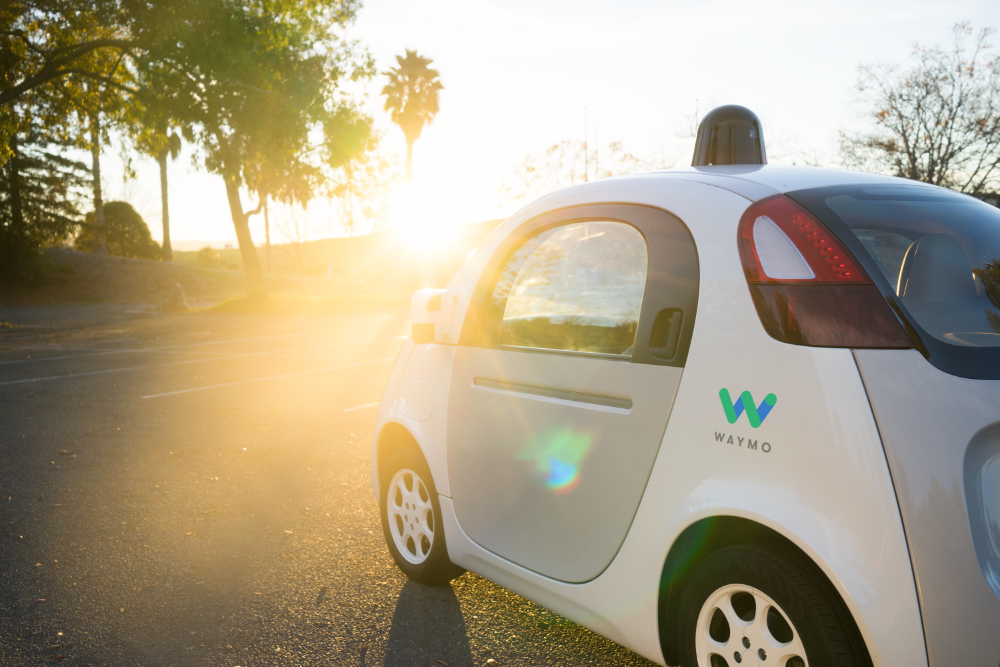
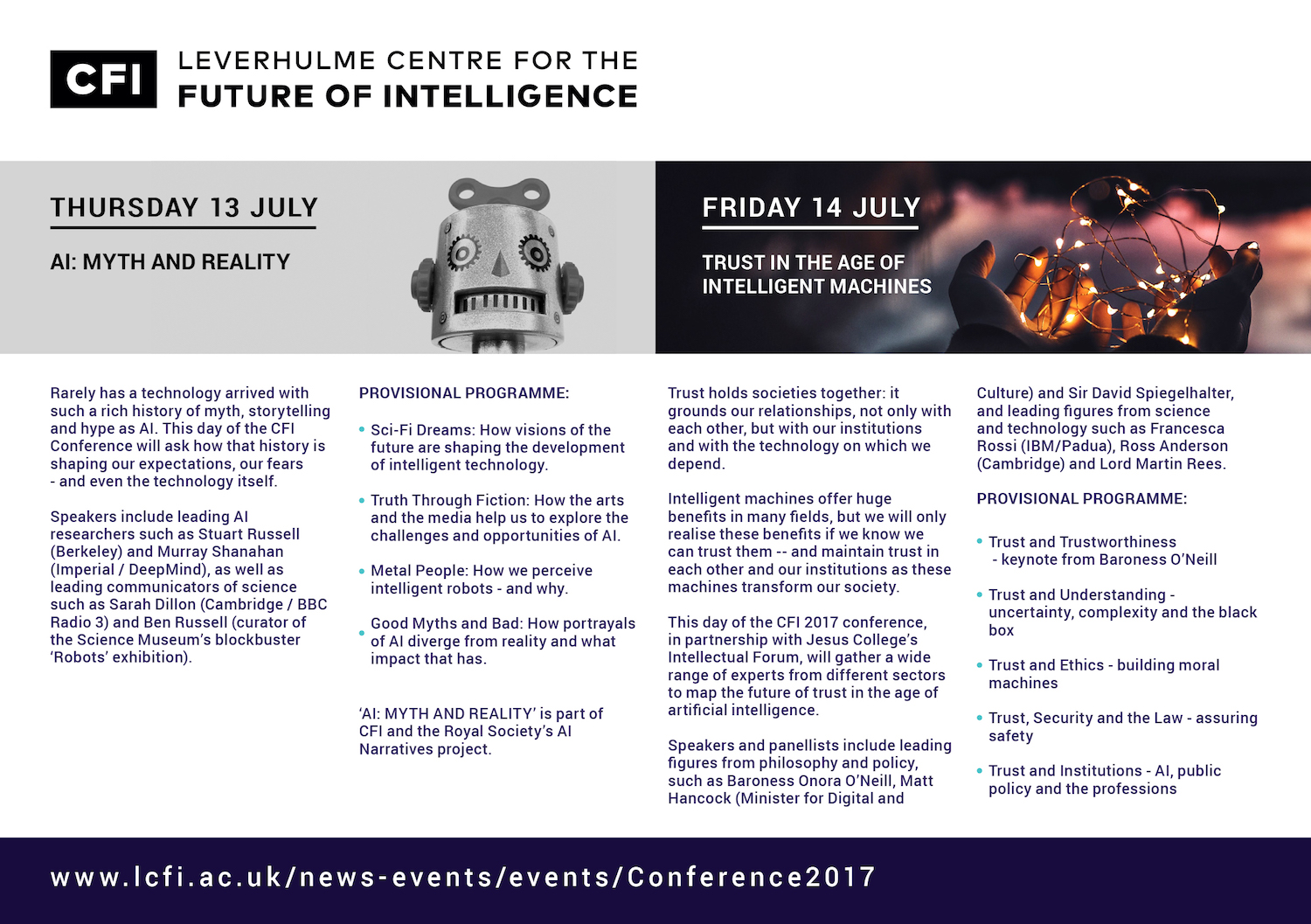 The
The 